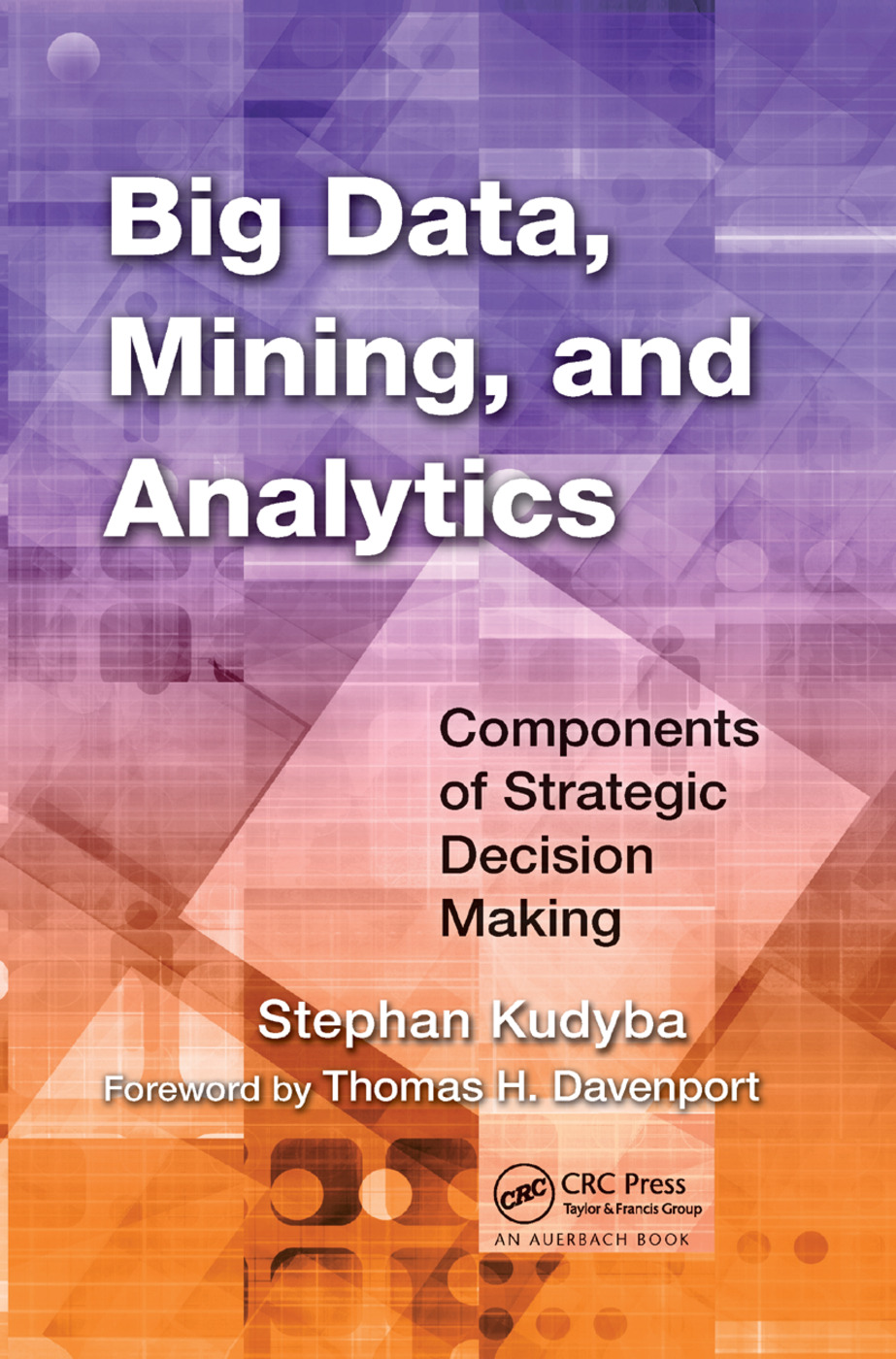Multi-Scale Feature Fusion Model for Bridge Appearance Defect Detection
IF 6.2
1区 计算机科学
Q1 COMPUTER SCIENCE, ARTIFICIAL INTELLIGENCE
引用次数: 0
Abstract
Although the Faster Region-based Convolutional Neural Network (Faster R-CNN) model has obvious advantages in defect recognition, it still cannot overcome challenging problems, such as time-consuming, small targets, irregular shapes, and strong noise interference in bridge defect detection. To deal with these issues, this paper proposes a novel Multi-scale Feature Fusion (MFF) model for bridge appearance disease detection. First, the Faster R-CNN model adopts Region Of Interest (ROI) pooling, which omits the edge information of the target area, resulting in some missed detections and inaccuracies in both detecting and localizing bridge defects. Therefore, this paper proposes an MFF based on regional feature Aggregation (MFF-A), which reduces the missed detection rate of bridge defect detection and improves the positioning accuracy of the target area. Second, the Faster R-CNN model is insensitive to small targets, irregular shapes, and strong noises in bridge defect detection, which results in a long training time and low recognition accuracy. Accordingly, a novel Lightweight MFF (namely MFF-L) model for bridge appearance defect detection using a lightweight network EfficientNetV2 and a feature pyramid network is proposed, which fuses multi-scale features to shorten the training speed and improve recognition accuracy. Finally, the effectiveness of the proposed method is evaluated on the bridge disease dataset and public computational fluid dynamic dataset.桥梁外观缺陷检测的多尺度特征融合模型
虽然基于区域的更快卷积神经网络(Faster R-CNN)模型在缺陷识别方面具有明显优势,但它仍然无法克服桥梁缺陷检测中的挑战性问题,如耗时长、目标小、形状不规则、噪声干扰强等。针对这些问题,本文提出了一种新型的多尺度特征融合(MFF)模型,用于桥梁外观病害检测。首先,Faster R-CNN 模型采用感兴趣区域(Region Of Interest,ROI)池化方法,忽略了目标区域的边缘信息,导致在检测和定位桥梁缺陷时存在一定的漏检和不准确性。因此,本文提出了一种基于区域特征聚合的 MFF(MFF-A),它可以降低桥梁缺陷检测的漏检率,提高目标区域的定位精度。其次,在桥梁缺陷检测中,Faster R-CNN 模型对小目标、不规则形状和强噪声不敏感,导致训练时间长、识别精度低。因此,提出了一种新的轻量级 MFF(即 MFF-L)模型,利用轻量级网络 EfficientNetV2 和特征金字塔网络进行桥梁外观缺陷检测,该模型融合了多尺度特征,缩短了训练速度,提高了识别准确率。最后,在桥梁病害数据集和公共计算流体力学数据集上评估了所提方法的有效性。
本文章由计算机程序翻译,如有差异,请以英文原文为准。
求助全文
约1分钟内获得全文
求助全文
来源期刊

Big Data Mining and Analytics
Computer Science-Computer Science Applications
CiteScore
20.90
自引率
2.20%
发文量
84
期刊介绍:
Big Data Mining and Analytics, a publication by Tsinghua University Press, presents groundbreaking research in the field of big data research and its applications. This comprehensive book delves into the exploration and analysis of vast amounts of data from diverse sources to uncover hidden patterns, correlations, insights, and knowledge.
Featuring the latest developments, research issues, and solutions, this book offers valuable insights into the world of big data. It provides a deep understanding of data mining techniques, data analytics, and their practical applications.
Big Data Mining and Analytics has gained significant recognition and is indexed and abstracted in esteemed platforms such as ESCI, EI, Scopus, DBLP Computer Science, Google Scholar, INSPEC, CSCD, DOAJ, CNKI, and more.
With its wealth of information and its ability to transform the way we perceive and utilize data, this book is a must-read for researchers, professionals, and anyone interested in the field of big data analytics.
 求助内容:
求助内容: 应助结果提醒方式:
应助结果提醒方式:


